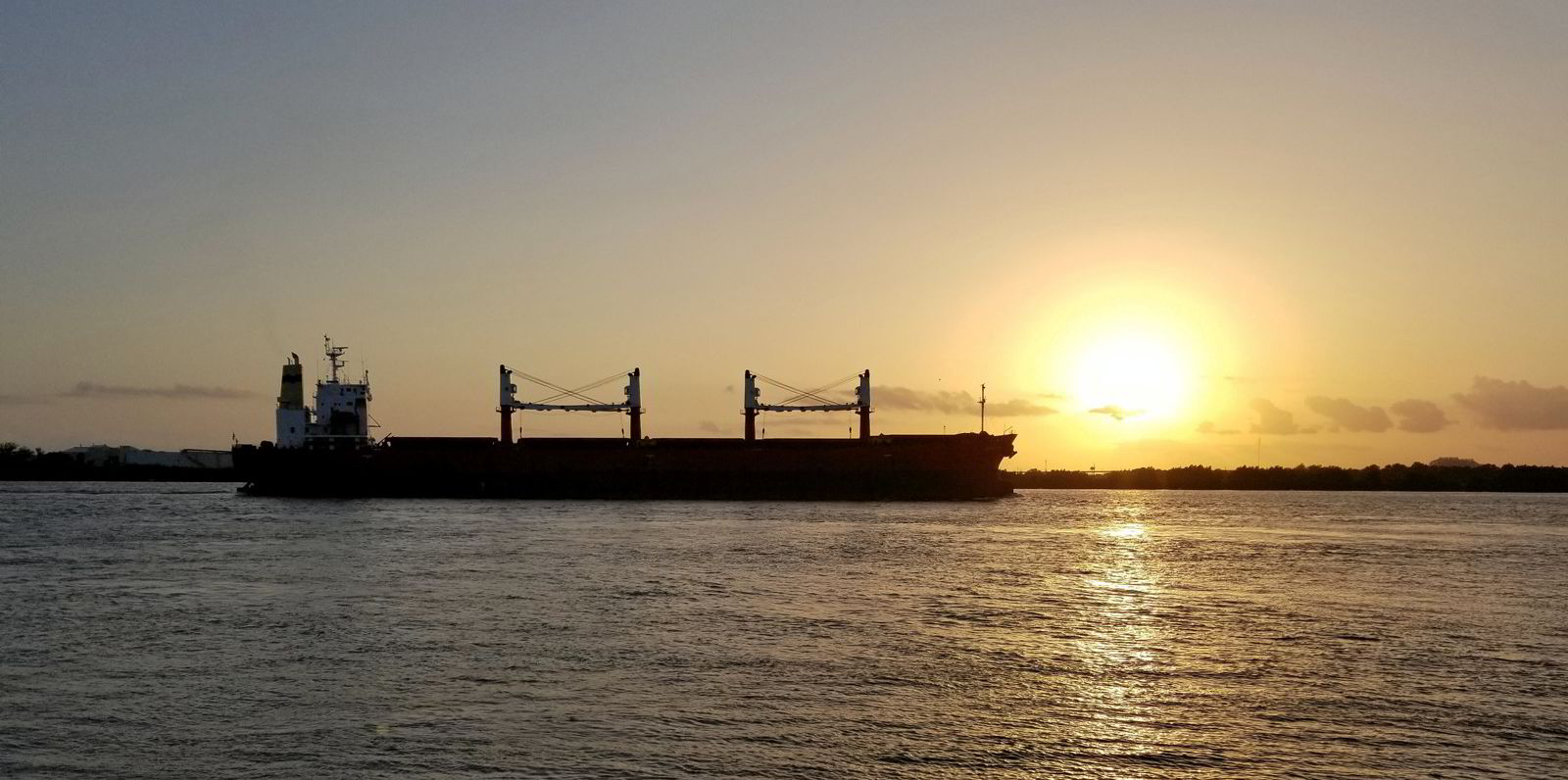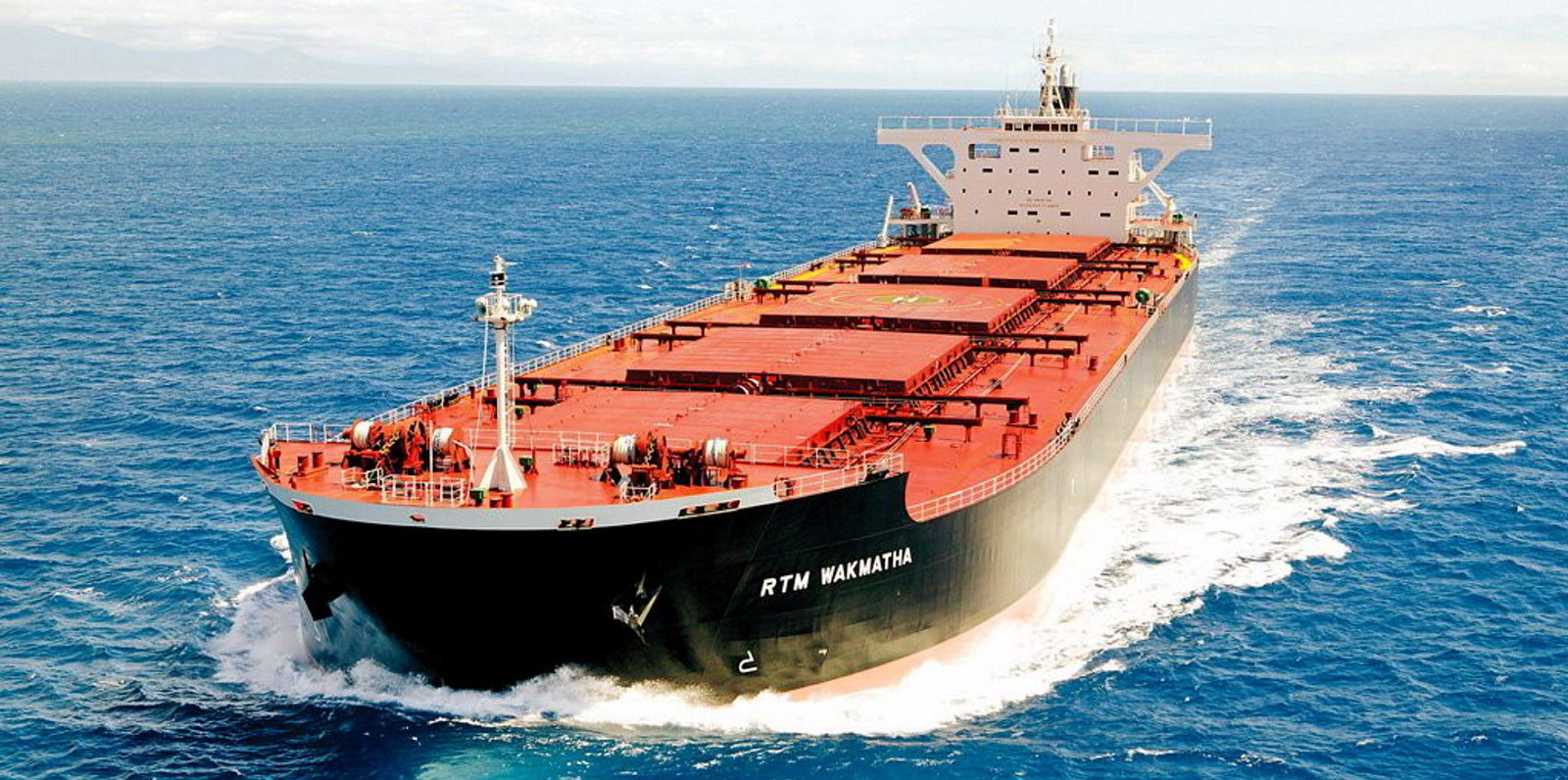The dry bulk sector has risen steadily over the last three days as talk of China’s recovery from Covid-19 and a weak real-estate sector breathe hope into a market that has trended downward since the beginning of the year, according to analysts.
Since Monday, the Baltic Exchange’s Capesize 5TC basket of spot-rate averages across five key routes more than doubled to $4,754 per day on Thursday, while the Panamax 5TC has gained 45% to $10,500 per over the same period.
The Handysize 10TC improved more modestly since Monday, rising 10.1% to $8,875 per day on Thursday.
“The last few days have seen some positivity sneak back into spot rates and [forward freight agreement rates] after an expected abysmal start to the year,” Joakim Hannisdahl, founder and chief executive of Gersemi Asset Management, told TradeWinds.
“I’m hearing talks of Chinese steel mills restocking iron ore, and also more coal going from Australia to China.”
Higher fixture rates for capesizes, which almost exclusively carry iron ore to China, supported this widespread belief in China’s return to prosperity.
Australian miner Rio Tinto hired an unnamed capesize to ship 170,000 tonnes of iron ore from Dampier, Australia, to Qingdao, China, at $6.25 per tonne after the ship is loaded from 10 to 12 March.
That is higher than the $6.10 per tonne that the mining giant paid on Monday for an unnamed capesize to send the same amount of ore on the same route. Rio Tinto plans to load the vessel from 7 to 9 March.
And shipping equities have been trading “unusually high lately” as the market gets support from “the China reopening story”, despite downward pressure on asset prices and the low earnings environment, Hannisdahl said.
Shares of several New York-listed bulker owners were on the rise on Thursday. Safe Bulkers’ stock saw the greatest leap, jumping 5.7% to $3.61 per share in afternoon trading

The Breakwave Dry Bulk Shipping Exchange Traded Fund surged 9.1% so far in the day.
Dry bulk spot rates have moved up over the past few days after a stretch of “extreme weakness”, Jefferies analyst Omar Nokta implied in a note on Thursday.
“While prevailing rates remain unexciting, they are at least back above the $10,000-per-day psychological threshold for the kamsarmax and ultramax segments,” he wrote.
Hannisdahl said he reduced his long position on dry bulk equities in February after spot rates either fell or went sideways for most of January.
“I am highly optimistic towards the second half of 2023 and beyond, but believe earnings in the first half of this year could be sluggish,” he said.






